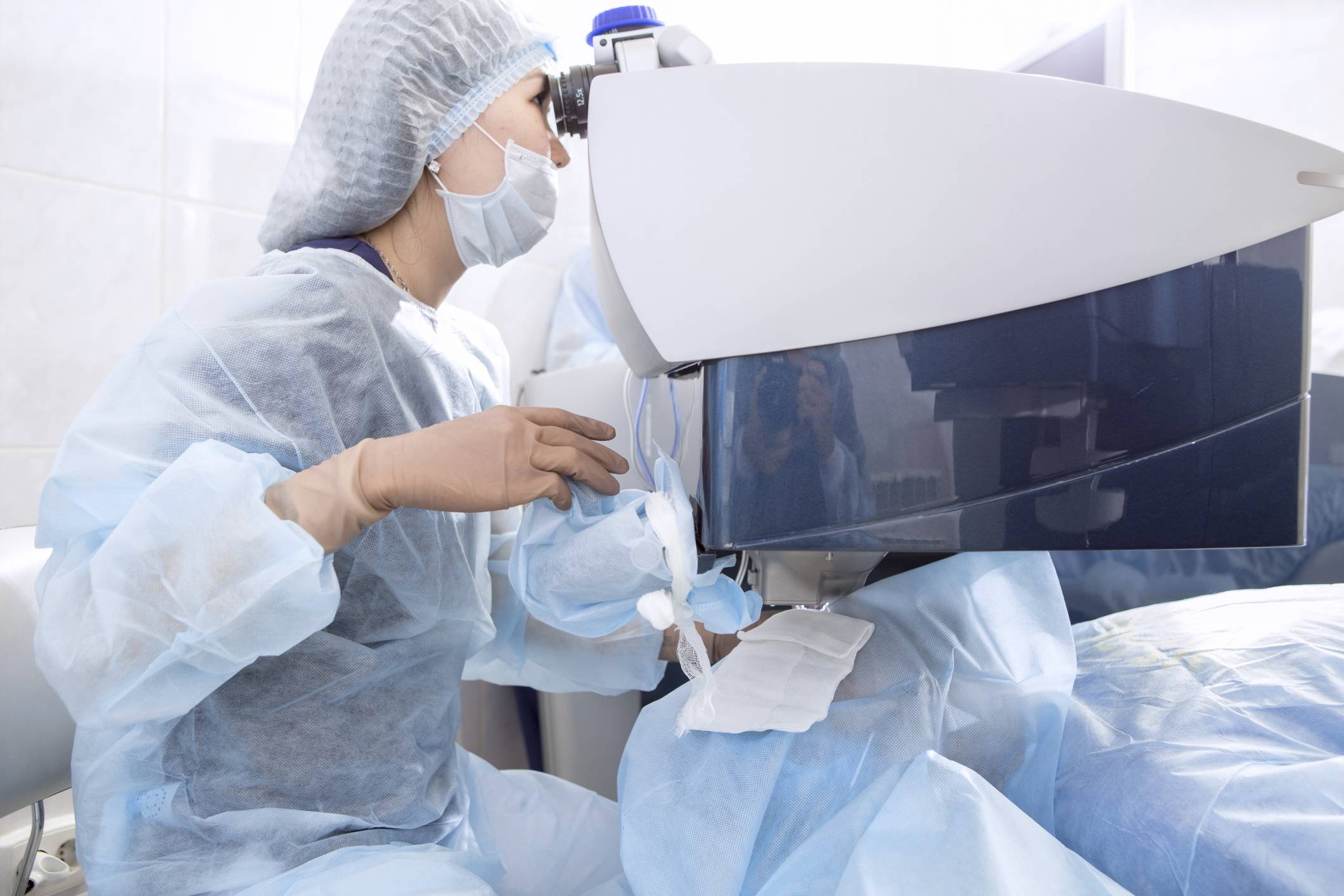“I’ve lost my glasses!” cries my grandmother for the hundredth time, glasses perched in her hair.
I sigh as I say, “I remember those days ... before I got LASIK,” as if I'm suddenly the star of my own infomercial.
You see, I'm what you call an "OLC" (Obnoxious LASIK Convert). We're always ready to spread the good word about the laser, and love to tell others just how great it is to be free of the stress of counting contact lens capsules before vacations, cleaning eyeglasses daily, and living in fear of a fate similar to the one that faced the bespectacled protagonist in a particularly creepy episode of “The Twilight Zone” titled “Time Enough at Last.”


















With your current subscription plan you can comment on stories. However, before writing your first comment, please create a display name in the Profile section of your subscriber account page.